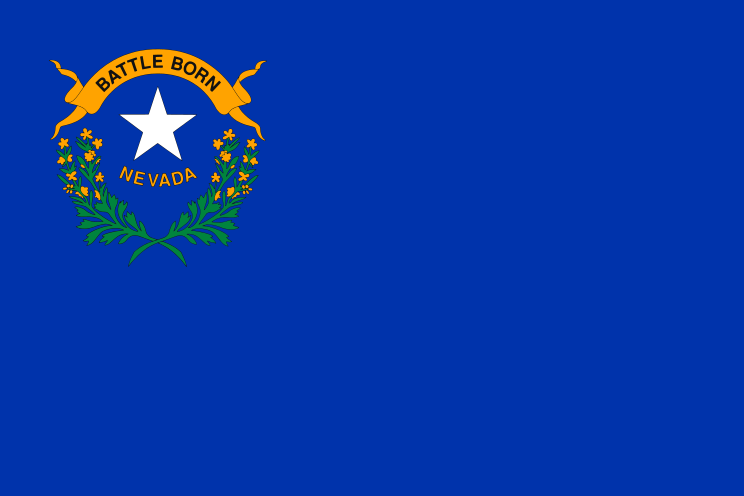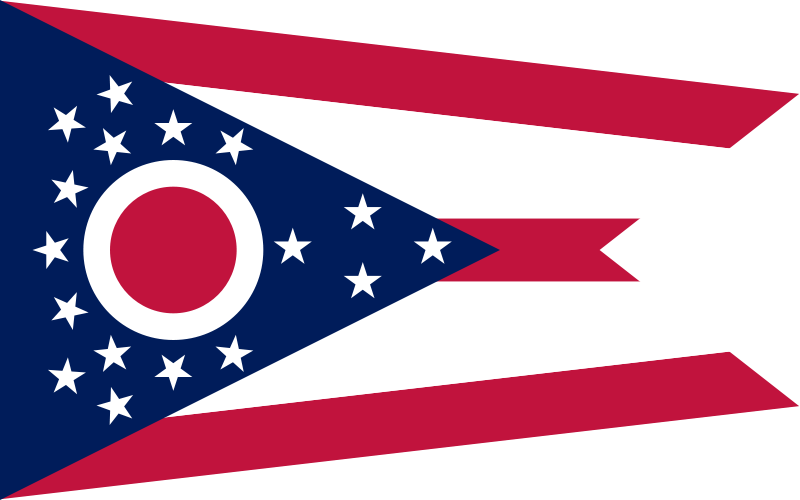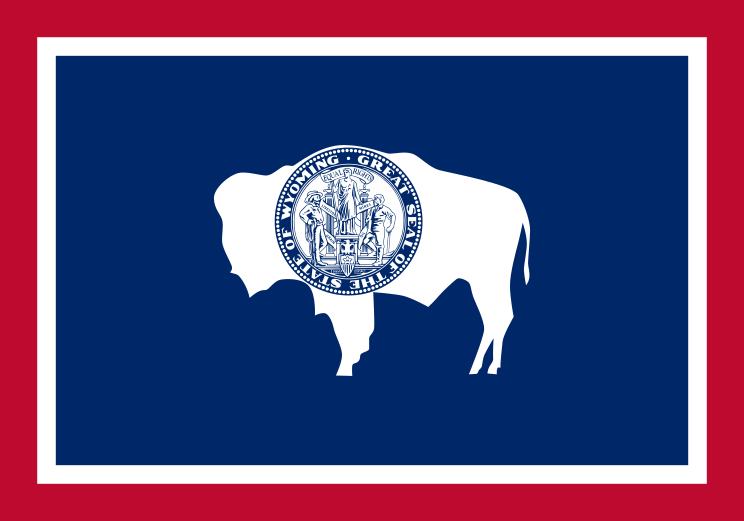whatever else you can say about mysterious Japan, one thing is for certain: it is a land of festivals. called Matsuri, the Japanese seem to have a festival for everything. during our time here, we've had the chance to see several of them, even participating in some, and in more intimate ways than we could have imagined.
while some of them do seem to have a purpose, the first one we came across was distinctly inscrutable. late on a Sunday afternoon in early August, we were exploring our neighborhood on foot when we saw what looked like a small carnival going on in a local schoolyard. we looked on curiously, but rather than being turned away for being dirty foreigners, the men at the gate eagerly beckoned us in. on two sides of the schoolyard where various stalls, while in the middle was a stage of sorts, with a large Taiko drum and drummers next to it. i thought that some video might be the best way to appreciate these events:
as you can see, most of the women are wearing traditional kimono. this kind of dancing was going on the whole time we were there. below, me and the strange rice-goo balls that I was probably supposed to pay for.

we had a good time and probably stuck around for almost an hour taking pictures and enjoying the atmosphere. the folks there were very hospitable and tried to give us plenty of tea, which we politely declined, and some strange rice balls on a stick that i ate mainly because i was hungry. they did also give us a clue as to what they were all doing there: Jill and I were each handed a small pack of tissues which bore a sticker saying, among all the Japanese characters, PTA. so we assume it was some kind of fundraiser, even though i didn't pay for my rice goo.
just a couple of weeks later was the very important Japanese festival of O-bon. similar to Taiwan's Tomb Sweeping Day, which is held in April, O-bon is a Buddhist festival during which people return to their home towns in order to clean the graves of ancestors. it is celebrated widely and sometimes even wildly. in the Sakae area of Nagoya, the main street was closed down while various revelers formed a long procession along it. here again, some video:
dancers and bands making their way slowly along Hirokoji Dori in Sakae, Nagoya.
just like in Taiwan, the religions here have a tendency to get a bit mixed up, so though O-bon is a Buddhist festival, the celebrants still brought a fair share of Shinto tokens into it. at one point, we saw and followed the first and still the largest O-mikoshi we have seen. an O-mikoshi (really a Mikoshi—O is just an honorific prefix in this case and the case of Bon festival) is basically a portable shrine which is believed to serve as a vehicle for a deity. it is carried around, generally on shoulders, until it is returned to the local shrine. in this case, however, there were also some riders aboard:
later in the year, we had a much more intimate experience with an O-mikoshi at our local, town Fall Festival. on October 8, after returning from the Formula One Grand Prix at Suzuka, we were pretty beat and half sacked out in our house, when we heard strange chanting outside. running to see what was going on, we were suddenly enlightened as to why those lanterns had been hanging on the trees on our street: parading right past our front door was most of our neighborhood, complete with their own O-mikoshi. strangely enough, towards the back of the group was a lady who just happened to be an English teacher at a local high school, who invited us to join the procession.
we followed the group halfway around the neighborhood until they stopped for rest at a parking lot that this lady, Etsuko Ishihara, owned. there we were invited to eat and, later, to assist in carrying around the O-mikoshi. into both of these endeavors we embarked with great delight, the first turning out well, the second more questionably so. have a look at the video, and then i'll tell you all about it:
carrying the O-mikoshi with the Kamejima crew. the characters on the lanterns read, from top to bottom: Kame (turtle) Jima (island) Ni (two) Cho and me. two chome is the specific area of Kamejima in which we live. and yes, that is Jill laughing at me at the end of the clip. below, Jill and I pose with the rest of the neighborhood, O-mikoshi in the background. Etsuko, our translator and very gracious hostess during the festival, is sitting in the front row, second from the left.

i'm still not sure what Wa-shoi means, but we were expected to shout it nonetheless, so i did it dutifully. i'm sure i was given quite an honor to be able to help carry the O-mikoshi, for which I was dressed up in a "happi" coat and headband. it's just that that O-mikoshi was the heaviest thing i've ever encountered in my entire life. seriously. as you can see, it doesn't look that big, and there have to be about 16 guys bearing it up. it is framed in pretty solid wood, though the main housing section is simply a bunch of lanterns and a couple of batteries, so i don't know where all the weight comes from. heavy deity, i suppose. in any case, carrying my share of it on this night and a couple of times the following night, as the festival continued, really did my shoulder in for a good week or so. but that which doesn't kill us makes us stronger, and sometimes seemingly pointless struggles turn out to have a meaning. you may have noticed, in the video, a guy at the O-mikoshi's front, whose only seeming function was to retard its progress and divert it from a straight course. i have no idea what that was all about, but i do know there were times when i was ready to drop that thing right on him. so maybe Japanese things are a little inscrutable to me. even though i still don't really know why Kamejima Ni Chome was having a festival, i do know that we had a good time, and are glad to say we've done these things and had these experiences, and maybe that's what it's all about. it's what I'm going with for now.
while some of them do seem to have a purpose, the first one we came across was distinctly inscrutable. late on a Sunday afternoon in early August, we were exploring our neighborhood on foot when we saw what looked like a small carnival going on in a local schoolyard. we looked on curiously, but rather than being turned away for being dirty foreigners, the men at the gate eagerly beckoned us in. on two sides of the schoolyard where various stalls, while in the middle was a stage of sorts, with a large Taiko drum and drummers next to it. i thought that some video might be the best way to appreciate these events:
as you can see, most of the women are wearing traditional kimono. this kind of dancing was going on the whole time we were there. below, me and the strange rice-goo balls that I was probably supposed to pay for.

we had a good time and probably stuck around for almost an hour taking pictures and enjoying the atmosphere. the folks there were very hospitable and tried to give us plenty of tea, which we politely declined, and some strange rice balls on a stick that i ate mainly because i was hungry. they did also give us a clue as to what they were all doing there: Jill and I were each handed a small pack of tissues which bore a sticker saying, among all the Japanese characters, PTA. so we assume it was some kind of fundraiser, even though i didn't pay for my rice goo.
just a couple of weeks later was the very important Japanese festival of O-bon. similar to Taiwan's Tomb Sweeping Day, which is held in April, O-bon is a Buddhist festival during which people return to their home towns in order to clean the graves of ancestors. it is celebrated widely and sometimes even wildly. in the Sakae area of Nagoya, the main street was closed down while various revelers formed a long procession along it. here again, some video:
dancers and bands making their way slowly along Hirokoji Dori in Sakae, Nagoya.
just like in Taiwan, the religions here have a tendency to get a bit mixed up, so though O-bon is a Buddhist festival, the celebrants still brought a fair share of Shinto tokens into it. at one point, we saw and followed the first and still the largest O-mikoshi we have seen. an O-mikoshi (really a Mikoshi—O is just an honorific prefix in this case and the case of Bon festival) is basically a portable shrine which is believed to serve as a vehicle for a deity. it is carried around, generally on shoulders, until it is returned to the local shrine. in this case, however, there were also some riders aboard:
later in the year, we had a much more intimate experience with an O-mikoshi at our local, town Fall Festival. on October 8, after returning from the Formula One Grand Prix at Suzuka, we were pretty beat and half sacked out in our house, when we heard strange chanting outside. running to see what was going on, we were suddenly enlightened as to why those lanterns had been hanging on the trees on our street: parading right past our front door was most of our neighborhood, complete with their own O-mikoshi. strangely enough, towards the back of the group was a lady who just happened to be an English teacher at a local high school, who invited us to join the procession.
we followed the group halfway around the neighborhood until they stopped for rest at a parking lot that this lady, Etsuko Ishihara, owned. there we were invited to eat and, later, to assist in carrying around the O-mikoshi. into both of these endeavors we embarked with great delight, the first turning out well, the second more questionably so. have a look at the video, and then i'll tell you all about it:
carrying the O-mikoshi with the Kamejima crew. the characters on the lanterns read, from top to bottom: Kame (turtle) Jima (island) Ni (two) Cho and me. two chome is the specific area of Kamejima in which we live. and yes, that is Jill laughing at me at the end of the clip. below, Jill and I pose with the rest of the neighborhood, O-mikoshi in the background. Etsuko, our translator and very gracious hostess during the festival, is sitting in the front row, second from the left.

i'm still not sure what Wa-shoi means, but we were expected to shout it nonetheless, so i did it dutifully. i'm sure i was given quite an honor to be able to help carry the O-mikoshi, for which I was dressed up in a "happi" coat and headband. it's just that that O-mikoshi was the heaviest thing i've ever encountered in my entire life. seriously. as you can see, it doesn't look that big, and there have to be about 16 guys bearing it up. it is framed in pretty solid wood, though the main housing section is simply a bunch of lanterns and a couple of batteries, so i don't know where all the weight comes from. heavy deity, i suppose. in any case, carrying my share of it on this night and a couple of times the following night, as the festival continued, really did my shoulder in for a good week or so. but that which doesn't kill us makes us stronger, and sometimes seemingly pointless struggles turn out to have a meaning. you may have noticed, in the video, a guy at the O-mikoshi's front, whose only seeming function was to retard its progress and divert it from a straight course. i have no idea what that was all about, but i do know there were times when i was ready to drop that thing right on him. so maybe Japanese things are a little inscrutable to me. even though i still don't really know why Kamejima Ni Chome was having a festival, i do know that we had a good time, and are glad to say we've done these things and had these experiences, and maybe that's what it's all about. it's what I'm going with for now.
























































No comments:
Post a Comment